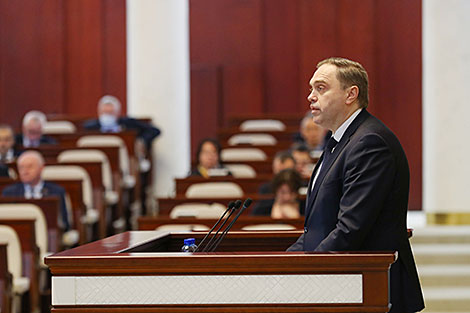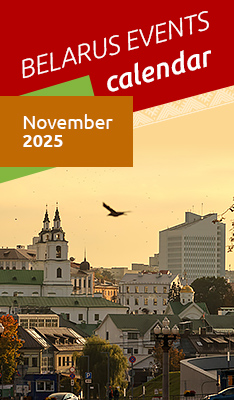Opinions & Interviews
Belarus health minister explains advantages of COVID-19 mitigation strategy

Vladimir Karanik
MINSK, 9 April (BelTA) – Belarusian Healthcare Minister Vladimir Karanik explained the advantages of the coronavirus mitigation strategy as he addressed the parliament on 9 April, BelTA has learned.
According to the minister, there are two strategies to stem the spread of the virus – the so-called mitigation strategy and the suppression strategy. “At present Sweden and Belarus are Europe’s only countries to use the mitigation strategy. All the other states have switched to the suppression strategy. The essence of the latter is total isolation,” Vladimir Karanik explained.
When a healthcare system is overwhelmed, the second strategy opens a window of opportunities. “It allows slowing down the spread of the infection and gives the healthcare system an opportunity to restart and return to normal operation,” he added.
However, this approach has a number of bottlenecks. “When total isolation is over, in the absolute majority of cases we see another rise in the disease rate. People start contacting, thus contributing to the further spread of the infection,” the minister noted.
The mitigation strategy seeks to delay the spread and thus “flatten the curve”. This involves a number of measures, like medical observation of people who are infected or most at risk. “In line with this strategy, Belarus is taking measures to separate the most vulnerable population groups. Quite a while ago we banned visits to care homes for the elderly and people with disabilities,” Vladimir Karanik recalled.
In addition to that, cafes and restaurants spaced tables to meet the social distancing rules. Places like hookah lounges were closed altogether. Classroom instruction at higher learning institutions were rescheduled to separate the flows of students and workers. Public transport started circulating more often so that people will not have to jostle with each other in jam-packed buses and trolleybuses. Social distancing requirements were extended to retail outlets.







 print version
print version make home page
make home page add to bookmarks
add to bookmarks

